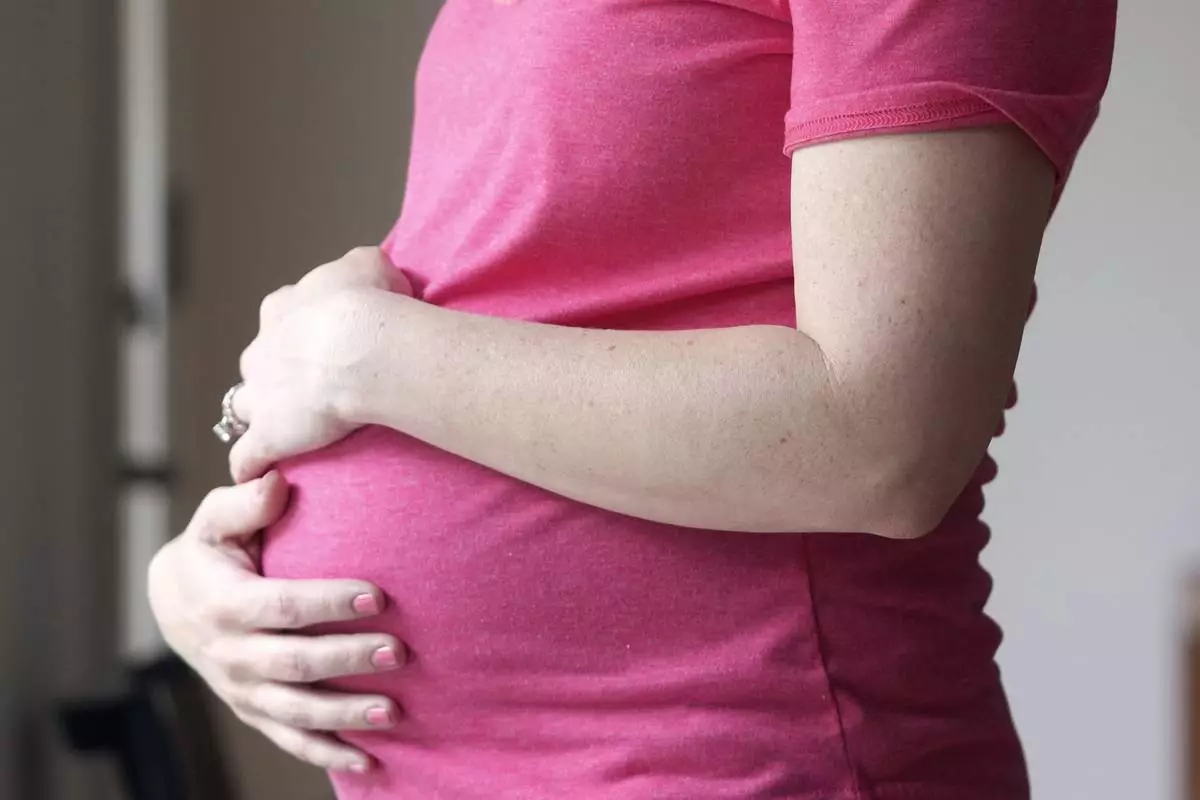Most U.S. business economists expect corporate sales to grow over the next three months and hiring and pay to rise with them.
But a majority of the economists surveyed by the National Association for Business Economics say the corporate tax cuts that the Trump administration pushed through Congress have yet to affect their plans for hiring or investment. The administration had promoted its tax cuts, which were heavily tilted toward corporations and wealthy individuals, as likely to raise worker pay and promote corporate investment and expansion over time.
The NABE also said a majority of respondents from goods-producing companies said their companies were delaying investment, raising prices or taking other steps in response to the Trump administration's trade conflicts with other nations.
The results of the quarterly survey being released Monday reflect responses from 98 of the NABE's members between June 14 and June 27.
Sixty-eight percent of the business economists said they foresee sales growing over the next three months. And for a third straight quarter, a higher proportion of respondents reported rising sales at their companies. All the panelists expect the U.S. economy, as measured by the gross domestic product, to expand over the next 12 months.

FILE- In this June 20, 2018 photo, a member of a construction team works on the site of Gables Station, a mixed-use project featuring apartments, retail, a hotel and cafes, in Coral Gables, Fla. Most U.S. business economists expect corporate sales to grow over the next three months and hiring and pay to rise with them. Goods producers — a category that includes manufacturers, farmers and construction — are most optimistic, with 94 percent saying they expect sales to rise over the next three months. (AP Photo/Lynne Sladky, File)
Goods producers — a category that includes manufacturers, farmers and construction — are most optimistic, with 94 percent saying they expect sales to rise over the next three months.
Fifty-one percent of the economists said wages rose at their companies between April and June, and they expect pay to keep rising over the next three months. It was the first time since the NABE began analyzing such data in 1982 that it has reported such strong wage growth over two quarters. Forty-one percent of respondents said their companies expect to hire in the next three months.
"Labor market conditions are tight, with skilled labor shortages driving firms to raise pay, increase training, and consider additional automation," Sara Rutledge, chair of the NABE's Business Conditions Survey, said in a statement.
Overall, the respondents reported little impact so far from the Trump administration's tariffs against China, the European Union, Canada and Mexico. A majority — 65 percent — said the trade disputes haven't led their companies to change hiring, investing or pricing so far.
But among goods-producing companies — which are directly affected by the tariffs and the counter-tariffs by America's trading partners — a majority said they had made one or more such changes. Twenty-six percent of the goods-producing companies said they had delayed investments, and 16 percent said they had raised prices.
NEW YORK (AP) — U.S. births fell last year, resuming a long national slide.
A little under 3.6 million babies were born in 2023, according to provisional statistics released Thursday by the Centers for Disease Control and Prevention. That's about 76,000 fewer than the year before and the lowest one-year tally since 1979.
U.S. births were slipping for more than a decade before COVID-19 hit, then dropped 4% from 2019 to 2020. They ticked up for two straight years after that, an increase experts attributed, in part, to pregnancies that couples had put off amid the pandemic's early days.
But “the 2023 numbers seem to indicate that bump is over and we're back to the trends we were in before,” said Nicholas Mark, a University of Wisconsin researcher who studies how social policy and other factors influence health and fertility.
Birth rates have long been falling for teenagers and younger women, but rising for women in their 30s and 40s — a reflection of women pursuing education and careers before trying to start families, experts say. But last year, birth rates fell for all women younger than 40, and were flat for women in their 40s.
Mark called that development surprising and said “there's some evidence that not just postponement is going on.”
Rates fell across almost all racial and ethnic groups.
The numbers released Thursday are based on more than 99.9% of the birth certificates filed in 2023, but they are provisional and the final birth count can change as they are finalized. For example, the provisional 2022 birth count appeared to show a dip, but ended up being higher than 2021's tally when the analysis was completed.
There could be an adjustment to the 2023 data, but it won't be enough to erase the “sizeable” decline seen in the provisional numbers, said the CDC's Brady Hamilton, the new report's first author.
Experts have wondered how births might be affected by the June 2022 U.S. Supreme Court decision that allowed states to ban or restrict abortion. Experts estimate that nearly half of pregnancies are unintended, so limits to abortion access could affect the number of births.
The new report indicates that the decision didn't lead to a national increase in births, but the researchers didn't analyze birth trends in individual states or dissect data among all demographic groups.
The new data does raise the possibility of an impact on teens. The U.S. teen birth rate has been falling decades, but the decline has been less dramatic in recent years, and the drop seems to have stopped for teen girls ages 15 to 17.
“That could be Dobbs,” said Dr. John Santelli, a Columbia University professor of population and family health and pediatrics. Or it could be related to changes in sex education or access to contraception, he added.
Whatever the case, the flattening of birth rates for high school students is worrisome and indicates that “whatever we're doing for kids in middle and high school is faltering,” Santelli said.
More findings from the report:
—From 2022 to 2023, the provisional number of births fell 5% for American Indian and Alaska Native women, 4% for Black women, 3% for white women and 2% for Asian American women. Births rose 1% for Hispanic women.
—The percentage of babies born preterm held about steady.
—The cesarean section birth rate rose again, to 32.4% of births. Some experts worry that C-sections are done more often than medically necessary.
—The U.S. was once among only a few developed countries with a fertility rate that ensured each generation had enough children to replace itself — about 2.1 kids per woman. But it’s been sliding, and in 2023 dropped to about 1.6, the lowest rate on record.
Surveys suggest many U.S. couples would prefer to have two or more kids but see housing, job security and the cost of child care as significant obstacles to having more children.
“There's something getting in the way of them being able to achieve those goals,” Mark said.
The Associated Press Health and Science Department receives support from the Howard Hughes Medical Institute’s Science and Educational Media Group. The AP is solely responsible for all content.

FILE - A pregnant woman stands for a portrait in Dallas, Thursday, May 18, 2023. According to provisional statistics for 2023 released by the Centers for Disease Control and Prevention on Thursday, April 25, 2024, U.S. births fell last year, in a substantial drop marking an apparent end to pandemic-related fluctuations and a return to a long-standing national decline. A little under 3.6 million babies were born in the U.S. last year, about 76,000 fewer than the year before. (AP Photo/LM Otero, File)











